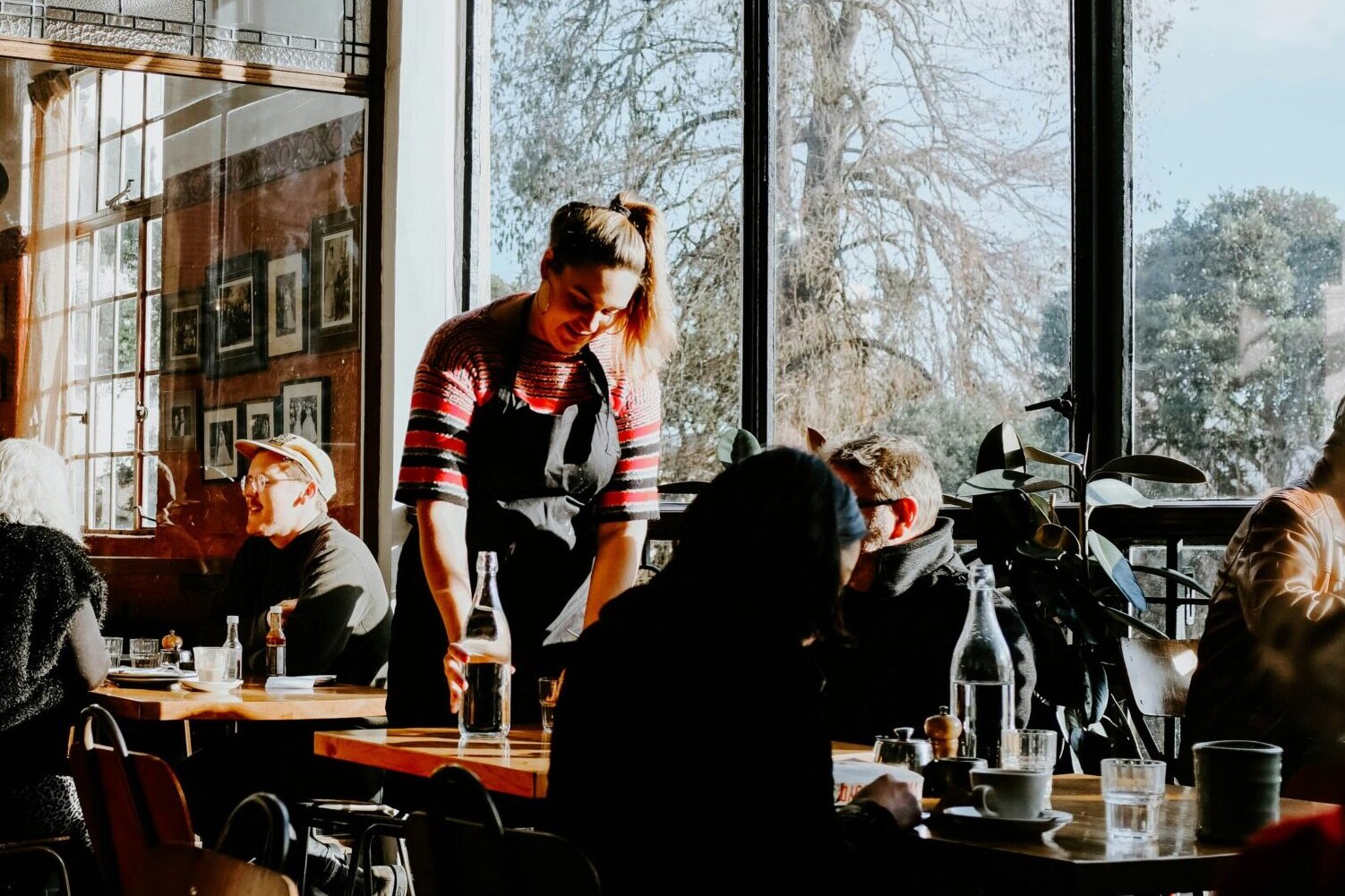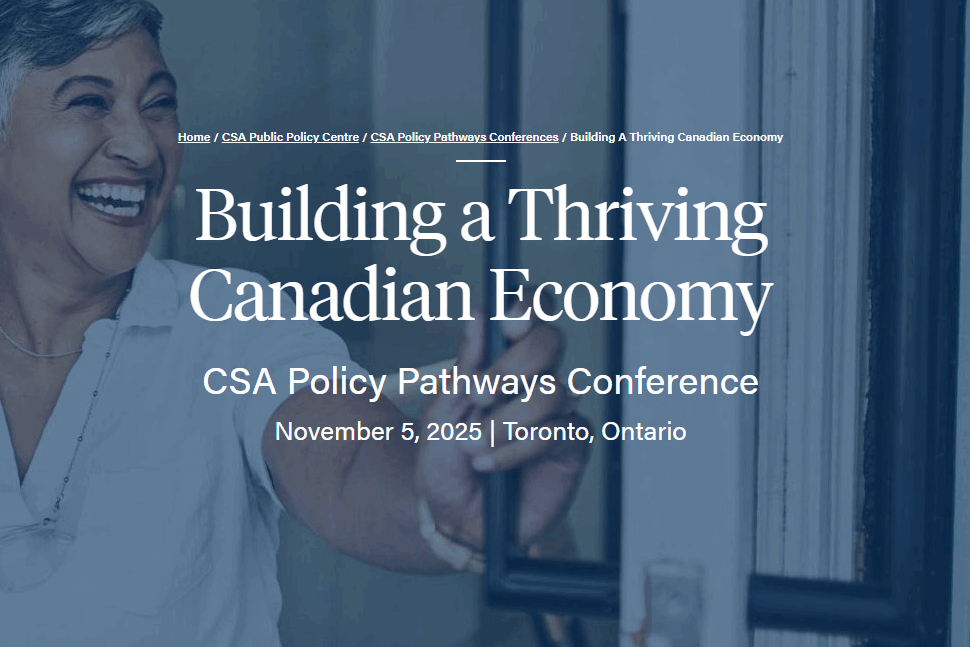By Kaylie Tiessen | Part of our Special Series: Always Canada. Never 51.
Canada’s inflation rate sat at 1.7% in April, but that headline figure hides some worrying trends. The federal carbon tax cut lowered the rate quite a bit—without it, inflation would have been 2.3%. That’s still within the Bank of Canada’s 1–3% target, but significantly more concerning than the number making headlines. The carbon tax cut will act as a built-in offset on the inflation rate for the next year, muting the headline inflation rate, but camouflaging other underlying price pressures.

In fact, Bank of Canada Governor Tiff Macklem recently acknowledged that inflation in April was higher than forecast, with many goods and services rising faster than expected, signalling that inflation could be gathering momentum again.
It has me thinking about the different drivers of inflation—and which sources of inflation we should be watching for today. We should expect some tariff-related inflation as the counter tariffs push prices up on affected imports and inputs. And we could also see some supply-chain related inflation as the world adjusts to a new global trade regime.
But the one that worries me most is sellers’ inflation, or profit-led inflation. This is when companies with market control choose to hike prices to gouge consumers and grow their profits when they have the chance. It often hides behind other drivers and can blindside us if we’re not watching closely.
Profit-led inflation was a real issue during the pandemic, and there are three reasons why I’m worried about it re-emerging today:
Inflation expectations: In the Bank of Canada’s latest survey of consumer expectations, 75% of Canadian consumers believe prices are going to rise, making it likely they will accept outsized price increases—tariff-related or not.
Tariff confusion: Canada’s counter-tariff regime is clear as mud to consumers and business owners. The rules keep changing, making it difficult to keep current.
The end of the consumer carbon tax: the negative inflation rate on oil and gas as a result of the end of the tax will pull down headline inflation for the next year and camouflage inflation on other goods driven by other sources of inflation, including profiteering.
Each of these factors on their own would provide cover for opportunistic price makers to gouge their customers: they’ll make a few extra bucks and blame Trump. Add to this the lack of competition in many sectors of Canada’s economy—and the fact that firms had a practice run just a few years ago—and we’re looking at fertile ground for profit-led inflation.
As we saw during COVID, corporate markups skyrocketed in 2021 to nearly 16% from an average of 11.5% the years before the pandemic and have hovered around 15% ever since– down from the pandemic peak but much higher than pre-pandemic levels.
Statistics Canada found that food store profit margins grew to more than 3% by the end of 2022 from around 1.6% before the pandemic—doubling the industry’s profit margin. Food-store margins have come down slightly since then, but are still hovering a full percentage point above pre-pandemic levels, coming in at 2.7% in the first quarter of 2025.
Profits as a share of GDP skyrocketed during the pandemic as well, reaching upwards of 24% in mid-2022. The measure has declined to 18% in the years since, but last quarter it ticked up again to 19.6%—nearly two percentage points above the pre-pandemic average.
In lay terms, all of this means that a larger share of Canada’s economy is being diverted into the profits of corporations, while many of us are struggling to pay our bills.
So, what should we do?
First, get clear on tariffs. Governments must be radically transparent about Canada’s counter-tariff strategy and provide clear information to consumers and business owners about all the items that are tariffed. Some grocery stores are attempting to do this, but many consumers, myself included, are skeptical about their trustworthiness, given their profit motives.
But transparency and clear communication can’t solve everything—international trade is complex, and Trump’s shifting tariff policies add to the confusion.
Second, the Bank of Canada must take a much more aggressive stance against abnormal pricing behaviour. The Bank of Canada usually deals with price gouging/profiteering after it happens, through interest rate hikes to deal with the inflation. But the Bank can take action proactively. While it may not have fiscal or policy tools at its disposal, strong language and public information sessions describing signs of profiteering it is seeing in the data can have an impact on firms’ behaviour.
The Bank used a similar (though unwarranted for the time) tactic on wages in late 2022, when they warned publicly that wages could lead to a wage-price spiral, when there was no evidence that wages were causing inflation at all. This warning was so effective that it will take many years for some workers to see their purchasing power catch up. The Bank should use this tactic now pre-emptively against the cause of inflation, instead of punishing the rest of us after the fact.
The third solution is to put public policies in place to help deter profiteering.
Governments should consider implementing an excess-profits tax on firms that are making extraordinary profits due to opportunistic pricing behaviour.
Governments can also consider price caps, or margin caps, on certain goods like baby formula, food stuffs and energy in order to reduce the inflationary pressures on essentials. The evidence for the usefulness of price controls in some circumstances has been mounting in recent years.
Some U.S. states have laws that prohibit price gouging during emergencies. Why not extend that to all periods, instead of just during emergencies?
The Competition Act can be further strengthened and the Competition Bureau can go after price gouging and wage fixing made possible by corporate concentration. And governments should continue efforts to crack down on hidden junk fees and “dynamic pricing,” which adjusts prices based on an algorithm’s assessment of a customers’ ability or willingness to pay.
These policies are important tools in any government’s toolbox to prevent profit-led inflation before it starts, instead of having to deal with the consequences.
There are good reasons to accept some tariff-related inflation—elbows up, right? But we shouldn’t allow opportunistic sellers to use the crisis to mask their profiteering.
We know what happens when powerful companies exploit confusion and weak oversight: working people pay the price while profits soar. Preventing inflation driven by opportunism requires coordinated action now—before working Canadians are left to bear the burden yet again.
Share with a friend
Related reading
Pipelines and algorithms aren’t going to save us | The Hill Times
Smart investments in natural resources and AI alone will not get us through this moment of geopolitical rupture. As Matthew Mendelsohn writes in an op-ed for The Hill Times, SMEs contribute just over half of Canada’s GDP and employ 64 per cent of our people. We have to make more low-cost capital available to the smaller businesses, locally owned enterprises, not-for-profits and social enterprises who crucially employ and reinvest locally, act as important local economic infrastructure and provide services that are crucial for well-being. They are automatic stabilizers in the face of tariff threats outside our control.
What’s wrong with mainstream economics?
Mainstream, or “neoclassical,” economics still dominates how we teach, study and understand our economy, even though much of it doesn’t match reality. In this piece, economists Louis-Philippe Rochon and Guillaume Vallet explain why outdated economic ideas persist and how they can lead to harmful policies. They challenge five common myths about inflation, growth and inequality, showing that today’s economy is driven more by power and institutions than by perfect markets. As "heterodox" economists, they argue it's time for a new kind of economics that reflects how the real world actually works.
Building a thriving economy: CSA Policy Pathways Conference
The CSA Policy Pathways Conference convenes leaders, thinkers and changemakers across government, business, community and academia to confront the pressing questions shaping our economic future. How can we build resilience in the face of global uncertainty? What will it take to unlock innovation and ensure its benefits are broadly shared? How do we design policies that promote competition, inclusion, and financial security? Join us on November 5, 2025, in Toronto, as we explore how we can take bolder steps toward a more resilient, innovative and equitable economic future.


